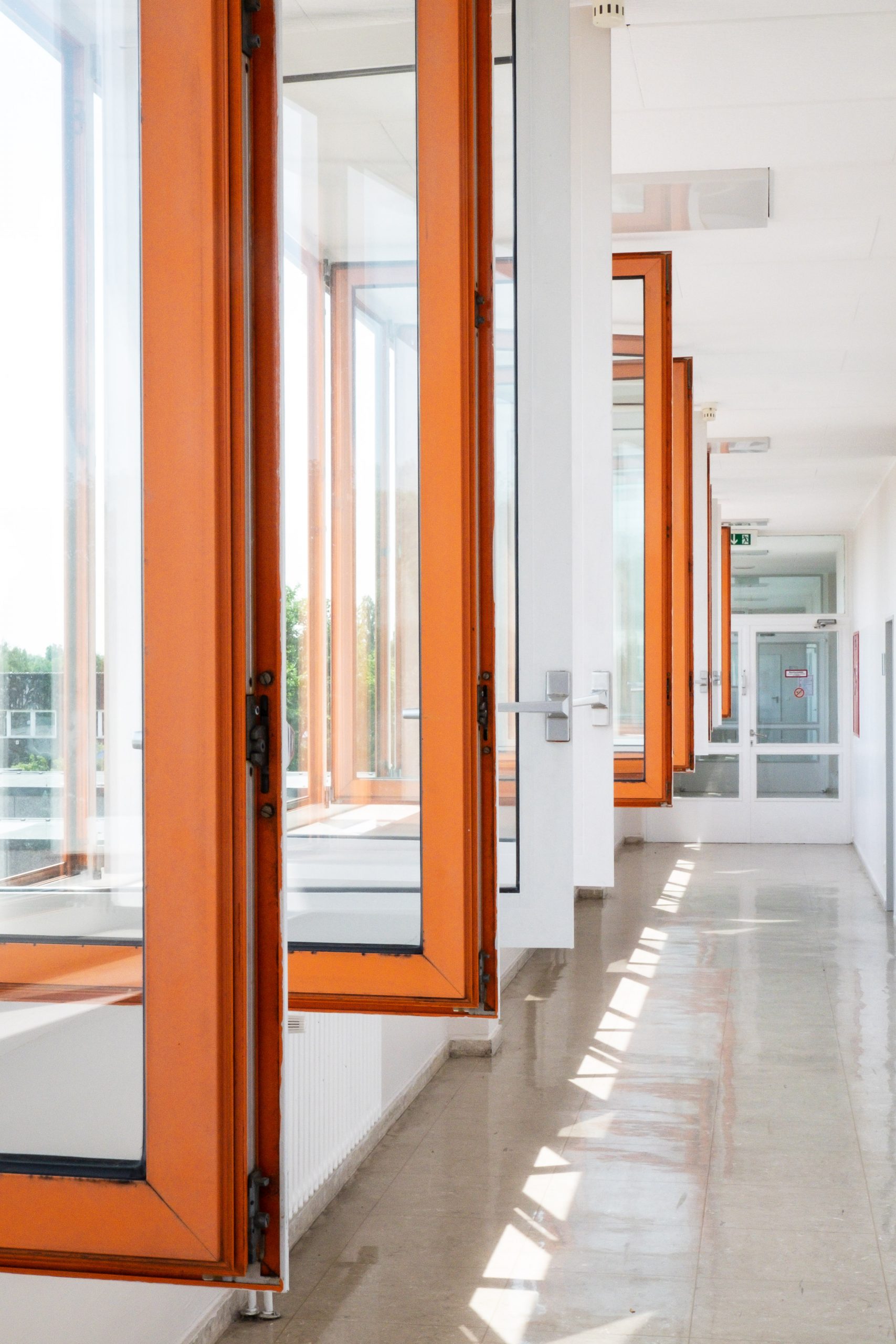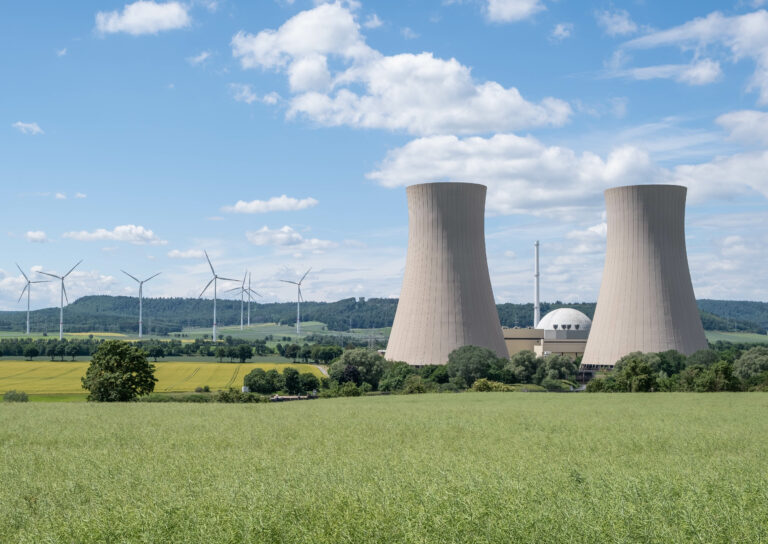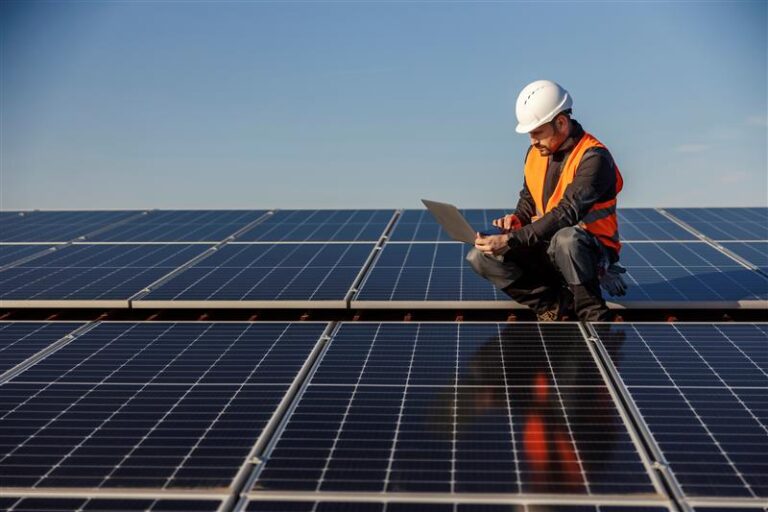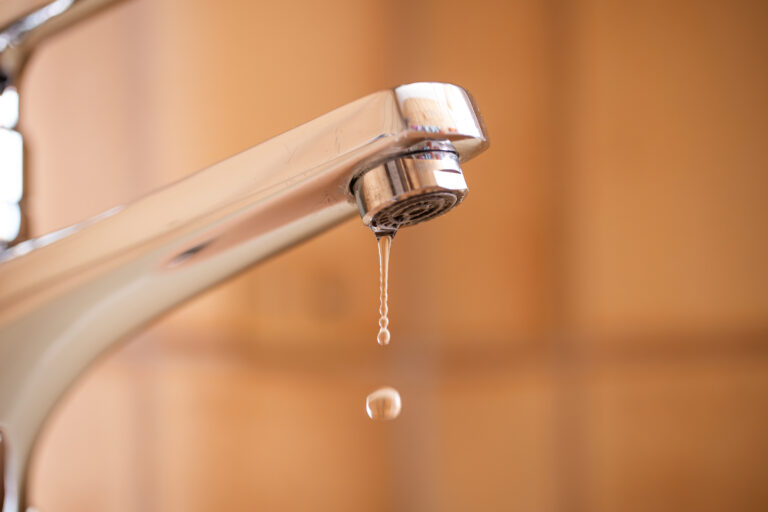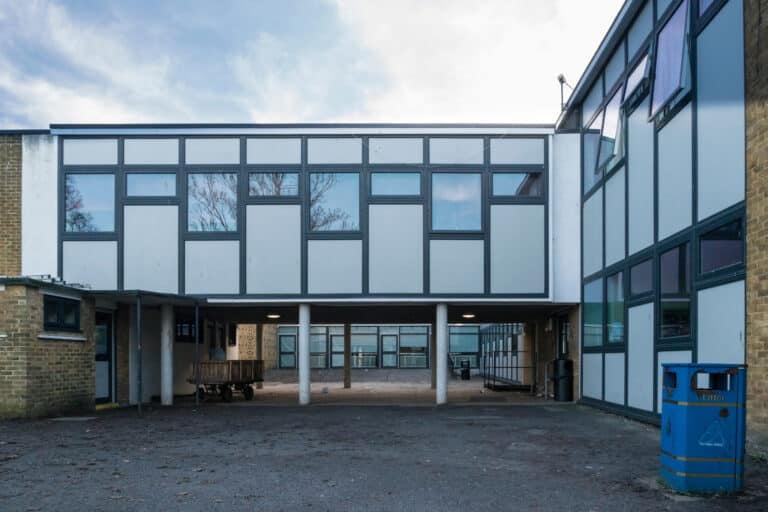*The following guidance should not override any risk assessments and method statements you are currently working with. Government/NHS/Public Health COVID-19 guidelines are updated regularly and must be followed*
School Business Professionals are faced with a new challenge as we enter the winter months: how can you heat your building during cold weather, while also ensuring adequate ventilation to combat COVID-19. Read our essential steps to ensure you are maintaining a safe environment for your pupils and staff.
Ventilation: Stop the airborne spread
The key to stopping the airborne spread of COVID-19 is to prevent high occupancy; prevent respiratory droplets caused by activities such as singing and exercise, and providing enough fresh air ventilation to dilute any potential viral load that may occur from general coughing and sneezing. There is evidence that poorly ventilated buildings may increase airborne transmission.
Fresh air ventilation provided via mechanical or natural ventilation and keeping air change rates as high as possible will dilute any viral contamination and reduce the risk of infection.
Mechanical ventilation
Modern schools will be able to maximise fresh air ventilation through mechanical systems. Air handling units that typically bring fresh air down through the roof will normally operate at around 80-90% recirculation and 10-20% fresh air. It is recommended to adjust those dampers to once-through full fresh air to maximise fresh air input and dilute the contaminants in the atmosphere.
Some schools may have modern ventilation systems fitted with CO2 sensors. These increase the fresh air ventilation rate when there’s high occupancy and the CO2 concentration goes up in the room. These should be set down to 400ppm to open up the ventilation to full fresh air.
The operating times of ventilation systems should be extended. Normally, a classroom would have one or two air changes per hour, but with a ventilation system this could be five or six. Leaving it operating through the night is wasteful and unlikely to reduce the viral load. Keep it running an hour or two at the end of the school day and again first thing in the morning, so you purge after and before occupancy.
Extractors in places like washrooms can be left on for longer, so that more air is being drawn through the building and the potential for viral contamination within the building is reduced.
You may have a variety of recirculation systems within your building, such as fan convectors in classrooms and sports halls. Fan convectors generally will not have any fresh air intake; they will take in air at the bottom, heat it up and blow it out at low velocity through the top diffuser. The fan convectors provide the heating and should be left running with the heating system; they operate at low velocity and will not distribute airborne viruses. IT classrooms may have air conditioning and these can be kept running as it causes air movement and prevents stagnant spots.
Some air conditioning, such as cassettes in ceilings, have high/medium/low fan settings. Where these are running on a high velocity setting it is advisable to turn it down to medium to low speed as you can feel and hear the high air flow, to prevent cross contamination. The key to remember with our mechanical ventilation is to switch to full fresh air if you can do so. Those that are on the roof can easily be forgotten, so it is worth checking all your units.
Natural ventilation
The majority of schools will be relying on natural ventilation by the means of opening windows. Newer school windows may have trickle ventilation, it is important to check these are all open to provide a continuous ingress of fresh air.
While opening windows was easy in the warm summer months, it is still necessary as we approach winter. An opening of even just an inch will change the fresh air flow substantially. Having lots of windows opened by an inch is a good way of getting the fresh air in. Additionally, if you are able to open a high-level window in a hall, or corridor, you will be able to let out the rising hot air, and bring in the cold air.
If you can, it is advisable to purge rooms when they are unoccupied at break times and lunch times by letting in as much fresh air as you can through open windows and doors.
Impact on staff and pupil comfort
If you are able to rely on mechanical ventilation the comfort of your staff and pupils will not be compromised, since the air will be tempered by heater batteries in the air handling systems.
Natural ventilation is clearly going to be a challenge as the temperatures drop, but it is advisable to keep windows open at a low level to ensure airflow. Relaxing uniform standards can be helpful to enable staff and pupils to wear warm clothes. It will also be important to raise awareness of the need to maintain fresh airflow through open windows, as pupils will naturally want to close them.
It is advisable to try to pre-heat the school as much as possible before the start of the school day. How warm we feel is down to about one third the air temperature that is around us and about two thirds due to the surrounding surface temperature (radiant temperature from walls, floor, ceiling etc). The air temperature is clearly going to be low in winter, so if you can warm up the fabric of the building it will help to make your staff and pupils feel warmer.
Checklist
□ Switch mechanical ventilation systems to fresh air, not recirculation
□ Keep mechanical ventilation systems running 1-2 hours before the start and after the end of the school day
□ Leave extractors on for longer
□ Avoid running air conditioning on high velocity settings
□ Keep the trickle vents open on windows
□ Keep windows open slightly
□ Allow fresh air into unoccupied classrooms at breaks through open windows and doors
□ Pre-heat the school before the start of the school day
Impact on energy consumption and costs
Unfortunately, the increase in heating is inevitably going to impact on your costs. You could expect an increase of up to 40% on your heating costs.
Operating mechanical ventilation for longer hours is also going to impact your costs, adding up to 15% on to your electricity bill.
It is important to remember that the benefits of public health far outweighs the reduction in energy efficiency, but it is also worth ensuring that you are taking measures to reduce energy consumption elsewhere through simple housekeeping, such as turning off lights; switching appliances off; and
avoiding standby.
It is also a timely reminder to ensure you are on the most suitable energy contract. Energy costs did reach a 10-year low recently, but are now on the rise again. Talk to us for a no obligation renewal quote.
